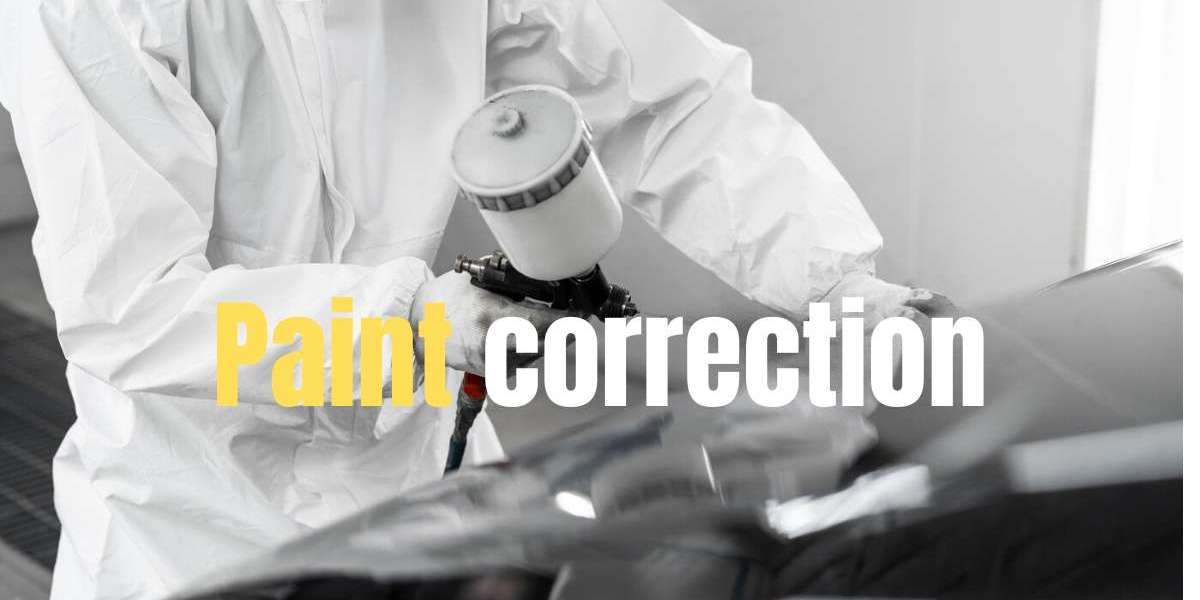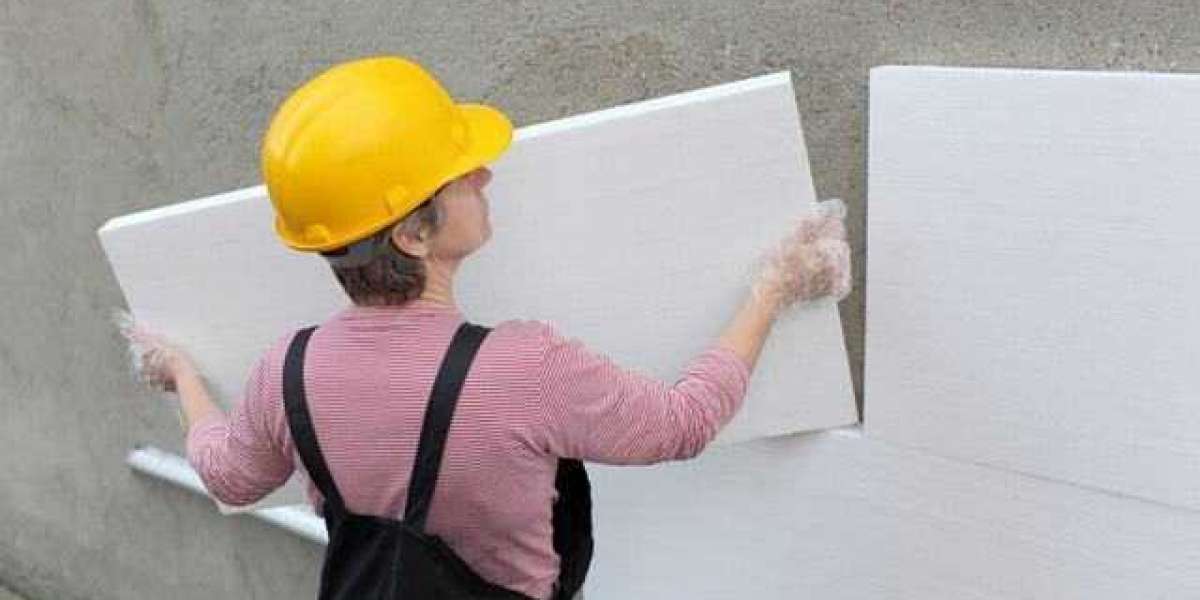Paint correction is a meticulous process involving the removal of surface imperfections, such as swirl marks, scratches, oxidation, and other blemishes, to restore the paintwork’s clarity and depth. It’s a transformative procedure that enhances the overall visual appeal of a vehicle.
The Importance of Paint Correction
Beyond aesthetics, paint correction extends the lifespan of the paint and safeguards the vehicle against environmental factors. By eliminating imperfections, it creates a smooth surface, fortifying the car’s protection against contaminants and improving its resistance to future damage.
The Paint Correction Process
Assessment and Inspection
Before initiating the correction, a thorough assessment is crucial. Professionals inspect the paintwork under various lighting conditions to identify imperfections accurately. This evaluation guides the selection of techniques and products tailored to the specific needs of the vehicle.
Surface Preparation
Proper preparation is fundamental. Washing, decontaminating, and claying the surface remove dirt, debris, and bonded contaminants, ensuring a clean canvas for the correction process.
Correction Techniques
A variety of techniques are employed based on the severity of imperfections. Compounding, polishing, and refining are the primary steps involved. Compounding removes deep scratches and defects, while polishing refines the surface to eliminate finer imperfections, culminating in a high-gloss finish.
Tools and Products
Professional-grade dual-action polishers, pads of varying abrasiveness, and specialized compounds and polishes are utilized. Each tool and product plays a crucial role in achieving optimal results without compromising the integrity of the paint.
Protection and Final Touches
Upon completion of the correction process, applying a high-quality sealant or wax safeguards the newly corrected surface. This protection enhances the shine and prolongs the durability of the finish.
Professional vs. DIY Paint Correction
Professional Services
Opting for professional services ensures expertise, specialized equipment, and premium products. Professionals possess the skillset and experience to navigate through the intricacies of correction efficiently, delivering impeccable results.
DIY Approach
For enthusiasts keen on tackling paint correction themselves, a DIY approach is feasible. However, it requires research, patience, and investment in quality products and tools. Beginners should start with caution on less visible areas to hone their skills before attempting the entire vehicle.
Maintaining the Corrected Finish
Regular Maintenance
Maintaining the corrected finish involves proper care and maintenance routines. Regular washing with pH-balanced shampoo, using microfiber towels, and applying spray wax or sealant as per the manufacturer's recommendations preserves the enhanced appearance.
Avoiding Common Mistakes
Avoiding automatic car washes with harsh brushes, using improper washing techniques, and neglecting to protect the paintwork with wax or sealant can compromise the corrected finish.
Advanced Paint Correction Techniques
Wet Sanding
In cases of severe defects, professionals may resort to wet sanding. This technique involves using ultra-fine sandpaper immersed in water to gently remove imperfections, gradually smoothing the surface. It demands exceptional skill and caution to avoid damaging the paint.
Multi-Stage Polishing
For meticulous results, multi-stage polishing systems are employed. This involves using different grades of polish and pads to refine the paint in several steps, ensuring a flawless finish and unparalleled depth.
Paint Thickness Measurement
Professionals often use paint thickness gauges to measure the depth of the paint layers. This helps in determining the extent to which correction can be performed without compromising the paint.
Paint Correction for Various Finishes
Solid Colors vs. Metallic Finishes
Paint correction techniques can vary based on the type of finish. Solid colors might respond differently to correction compared to metallic or pearl finishes. Understanding these differences is crucial for achieving consistent and optimal results.
Matte Paint Correction
Matte finishes require specialized treatment due to their non-reflective nature. Traditional polishing techniques are unsuitable as they can leave glossy spots. Matte paint correction involves specific products and techniques designed to maintain the flat appearance while removing imperfections.
Innovations and Emerging Trends in Paint Correction
Nano Coatings
Nano coatings or ceramic coatings have gained prominence in recent years. These coatings create a durable, transparent layer that provides superior protection against environmental elements and enhances the paint's gloss, reducing the need for frequent maintenance.
Machine Learning and Automation
Advancements in technology are integrating machine learning algorithms into paint correction processes. Automated systems analyze paint conditions and recommend optimal correction strategies, aiding professionals in achieving consistent and efficient results.
Conclusion
Paint correction is a transformative process that elevates a vehicle's appearance to unprecedented levels of brilliance. Whether undertaken by professionals or dedicated enthusiasts, it requires meticulous attention to detail, specialized tools, and a comprehensive understanding of techniques and products. The rewards of a flawlessly corrected finish not only amplify the vehicle’s aesthetic appeal but also contribute to its long-term protection and preservation.
As the pinnacle of automotive detailing, mastering the art of paint correction unlocks the true potential of a vehicle's exterior, unveiling its inherent beauty and allure.







